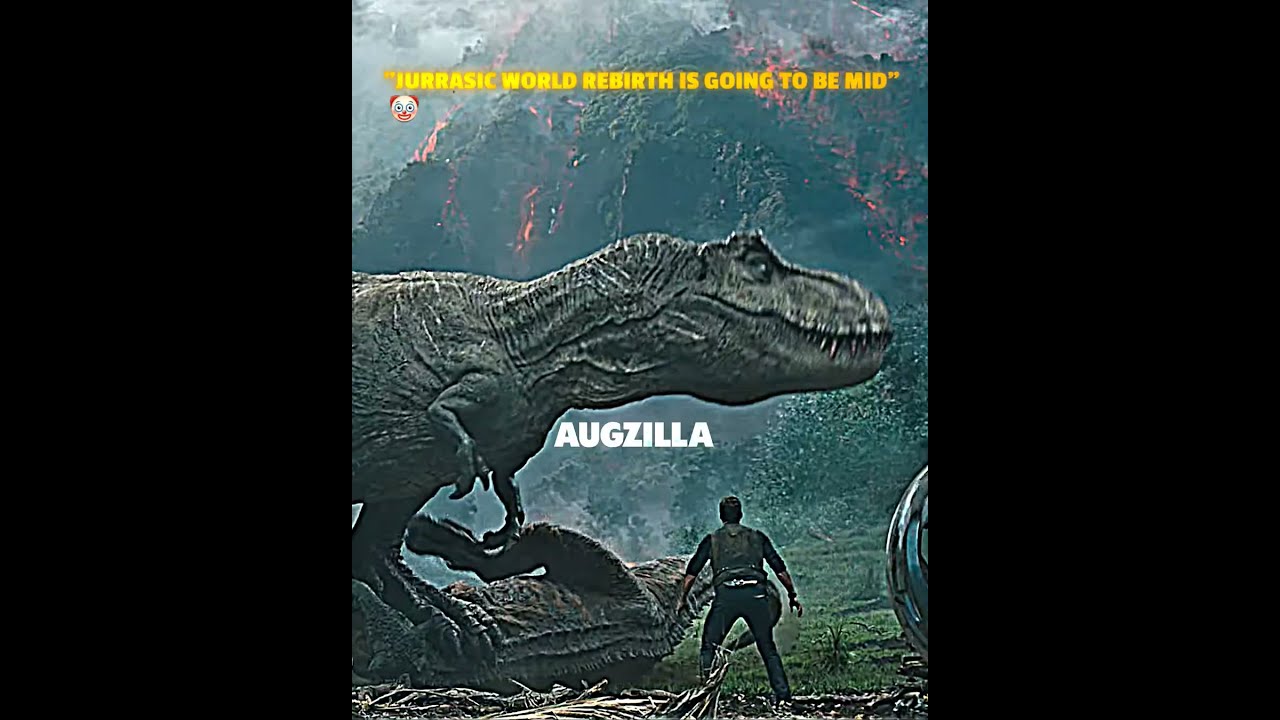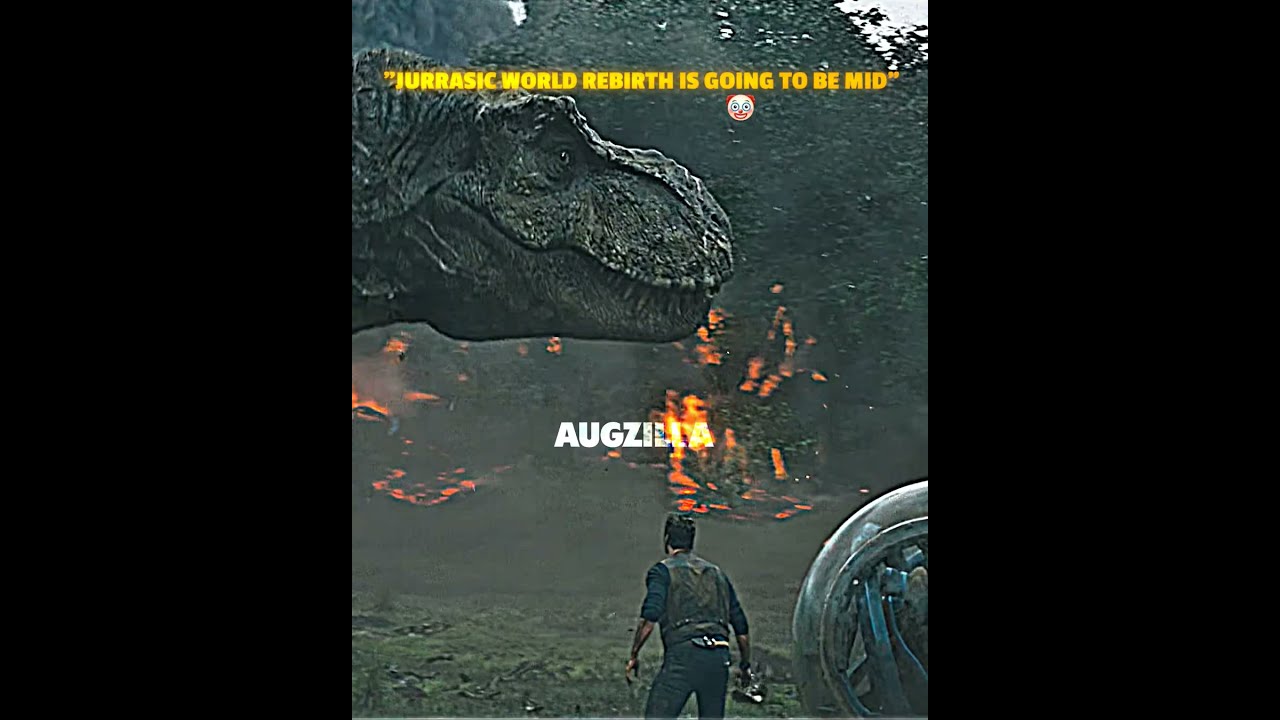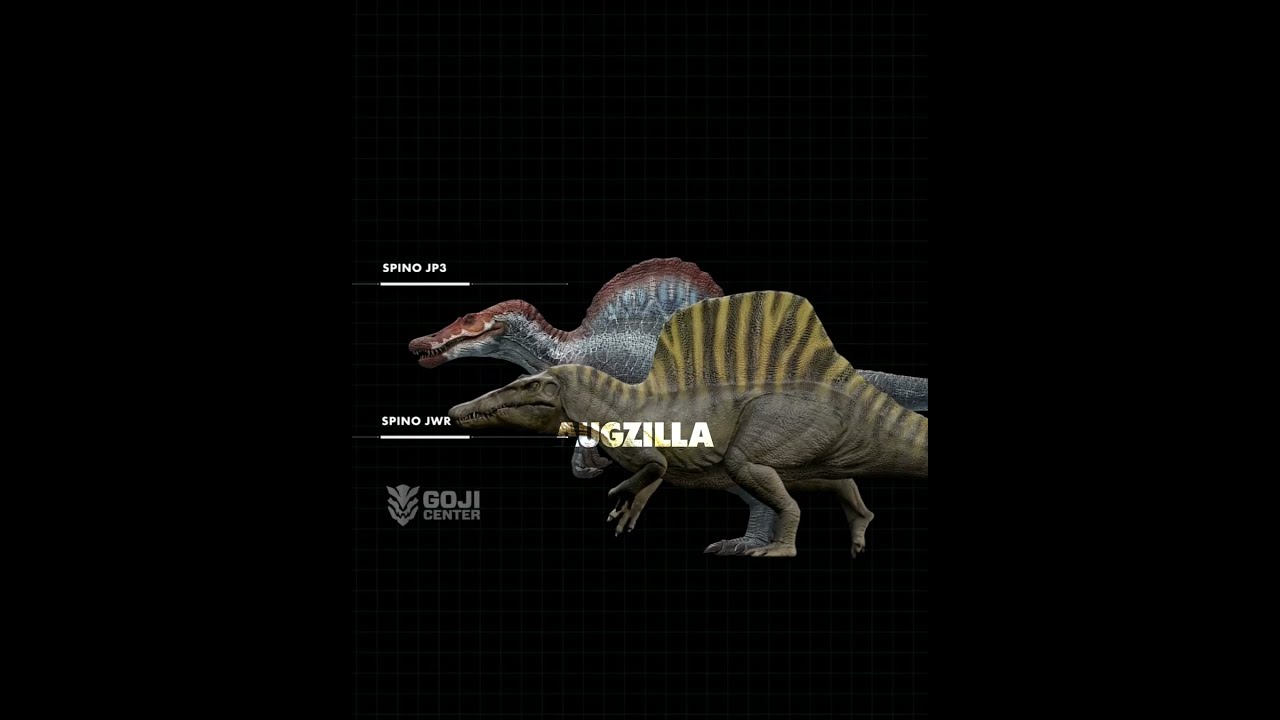
“Life finds a way… again.” That phrase, borrowed from the original, echoes through Jurassic World: Rebirth like a haunting refrain. The film doesn’t merely revisit familiar territory—it confronts us with a world where humanity’s hubris collides head-on with the persistence of nature. As Roger Ebert often observed, great films aren’t only about what they show us, but about how they make us feel. This installment makes us feel small, vulnerable, and utterly human in the face of titanic forces beyond our control.

The Premise
Set years after the collapse of civilization’s uneasy truce with dinosaurs, Rebirth imagines a planet struggling to restore equilibrium. But a genetic gamble—conceived in laboratories with more ambition than wisdom—unleashes creatures unlike anything we’ve seen before. These aren’t just echoes of the Jurassic past; they are more intelligent, more aggressive, and more terrifyingly adaptable. The question isn’t simply whether we can survive, but whether we deserve to.

A Cinematic Experience
Director Colin Trevorrow returns with a steady hand, balancing the franchise’s trademark spectacle with moments of genuine dread. The film opens not with a bang, but with a slow, unsettling sequence: a lone fishing boat eclipsed by a colossal shadow beneath the waves. It recalls Spielberg’s mastery of suspense—reminding us that what we don’t see can be more frightening than what we do.

Visuals and Sound
- Cinematography: Sweeping jungle vistas collide with crumbling cityscapes, creating a haunting tapestry of nature reclaiming civilization.
- Effects: The dinosaurs feel alive, each movement imbued with weight and menace. The use of practical effects alongside CGI grounds the fantasy in tactile reality.
- Sound design: Every roar, screech, and bone-crunch reverberates with primal force. Silence, too, is used effectively—moments of quiet dread punctuate the chaos.
Performances
The ensemble cast carries the film’s emotional weight. Scientists wrestle not only with external threats but with their complicity in humanity’s downfall. Adventurers and survivors bring grit and fragility, underscoring Ebert’s notion that a story is only as strong as the people at its center. Here, the characters’ fear feels real, their hope fragile, their courage fleeting yet essential.
Themes Beneath the Roar
Like the best entries in the franchise, Jurassic World: Rebirth isn’t just about dinosaurs. It is about consequence. It is about the arrogance of believing we can control the uncontrollable. It is about survival—not only of the fittest, but of the wisest. The film dares to ask whether humanity’s greatest predators aren’t the beasts we resurrect, but the choices we make in resurrecting them.
Final Verdict
Jurassic World: Rebirth delivers more than spectacle—it delivers reflection. It is thrilling, suspenseful, and occasionally overwhelming in its grandeur. But beneath the spectacle, there is a beating heart: a reminder that the past is not dead, that nature has memory, and that our survival depends not on domination, but on humility. Roger Ebert might have said: movies are empathy machines. This one reminds us to empathize not only with each other, but with the very world we inhabit.
Rating:
★★★★☆ – A thunderous return that roars with both terror and meaning.